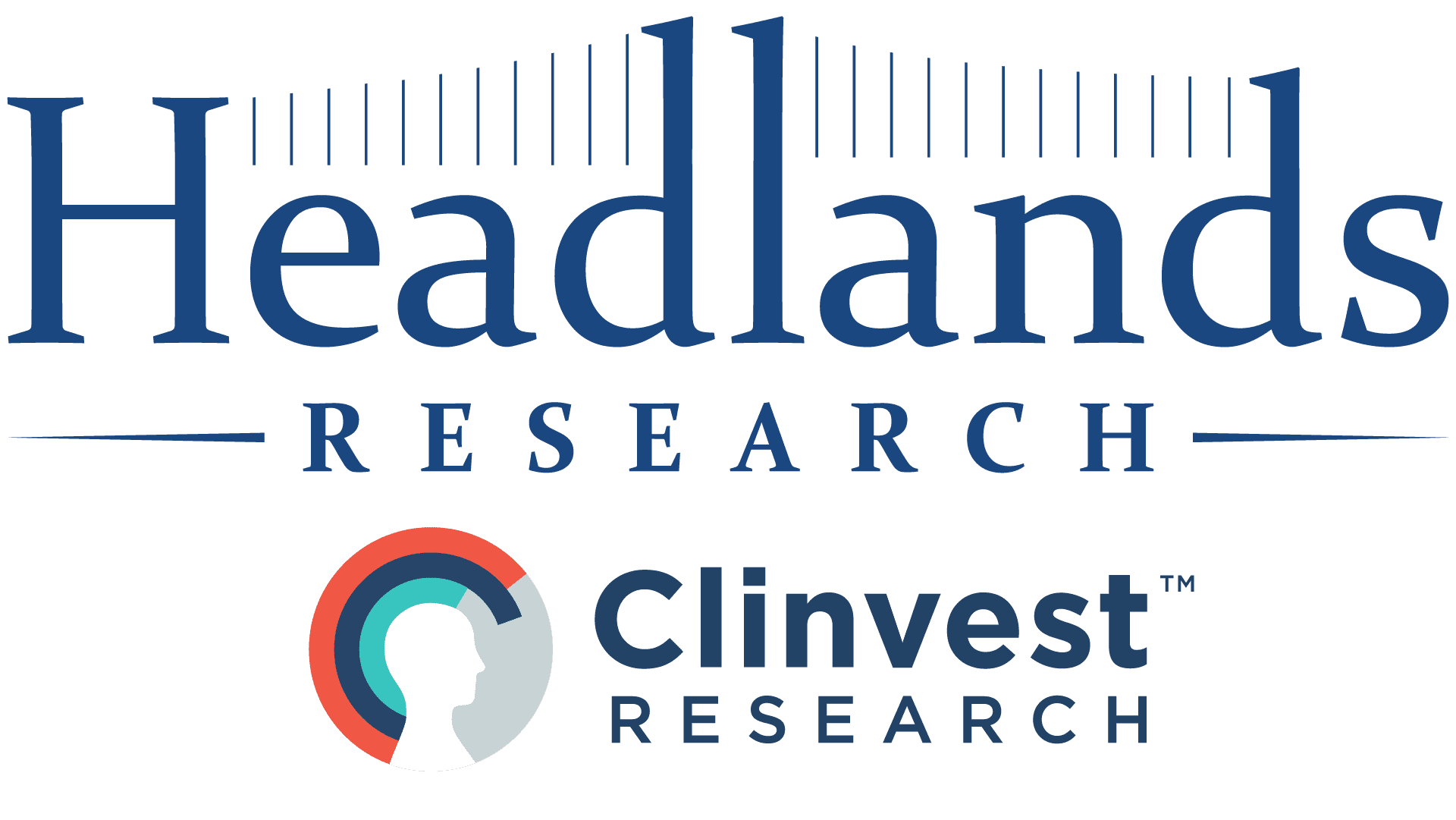Why Phases of Clinical Trials Matter – Be a Medical Hero for the Holidays
Why the Phases of Clinical Trials Matter – Be a Medical Hero for the Holidays
The holidays serve as a great reminder to give back and recognize the needs of others. Participating in a clinical trial is an opportunity to change the lives of real people. If you are dealing with a serious health condition, you know the importance of effective treatments. These are being developed all the time, but the process takes time. New drugs can take 10 years to become available to the general population to pass through all the phases of clinical trials. To make matters worse, over 75% of clinical trials fail due to lack of enrollment. That is why your involvement is so important for the advancement of medicine and helping future generations – possibly your children and grandchildren!
At Clinvest Research, we study treatments for headaches of all types, as well as fibromyalgia, arthritis, back pain, diabetes, hypertension, Alzheimer’s, and heart disease. Clinical trials consist of 4 phases, each of which asks a key question about the treatment being studied. Clinvest Research specializes in Phases 2, 3 and 4. Gaining an understanding of the drug/treatment approval process highlights the importance your participation.
The phases of clinical trials
Phase 1: Is it safe? The purpose of Phase 1 clinical trials is to test a treatment on a small group (20-100) of typically healthy people to evaluate its safety, determine a safe dosage range, and identify side effects. At this point, the treatment has already been found safe for animals. Those who volunteer for Phase 1 trials are often the first to receive a new treatment. Phase 1 trials usually span several months and approximately 70% of treatments move to Phase 2.
Phase 2: Does it work? The drug or treatment is given to a larger group (200+) of people with the condition the drug is intended to treat. The goal at this stage is to study the effectiveness of the drug and to further evaluate its safety. This gives researchers a chance to refine questions, develop methods, and design Phase 3 trial protocols. Phase 2 trials run several months to several years, and approximately 30% of treatments move to Phase 3.
Phase 3: Is it better than what is already available? The treatment is given to as many as 3,000 people affected by the condition in question. The goal of these trials is to confirm the drug’s effectiveness, monitor side effects, and compare it to commonly used treatments. Phase 3 studies provide the most safety data due to the fact that these studies are larger, and may span many years. They are pivotal in determining if the drug is beneficial to the affected population. The ultimate goal of Phase 3 studies is to find out if the new treatment is better than standard treatment, or has fewer side effects. If the treatment meets FDA standards, it will be approved for a specific use. Approximately 25-30% of drugs move to phase 4.
Phase 4: How does it perform in the long run? Phase 4 studies are done after the drug or treatment has been marketed & approved by the FDA. These studies focus on various populations and an even larger group of volunteers to continue monitoring the drug’s effectiveness, and any side effects associated with long-term use.
This holiday season, consider becoming a medical hero by participating in a clinical trial. Your participation can offer hope through new treatment options for many individuals with serious health conditions, including you!
Contact us to learn more about our enrolling clinical trials
For more information visit:
https://www.nih.gov/health-information/nih-clinical-research-trials-you/basics
http://www.fda.gov/ForPatients/Approvals/Drugs/ucm405622.htm#Clinical_Research_Phase_Studies
https://www.drugs.com/fda-approval-process.html
http://www.fda.gov/drugs/resourcesforyou/consumers/ucm143534.htm

